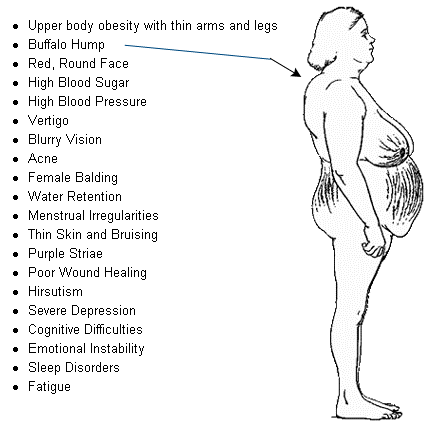A patient has been ordered azithromycin [Zithromax] and asks the nurse why the medication does not have to be taken as often as other antibiotics that have previously been ordered. What is the nurse's best response?
"This drug has a longer duration of action than some of the other antibiotics."
"This is a much more effective drug than what you received previously."
"I'll call the pharmacy and ask about the chemical makeup of the drug."
"You'll need to ask your healthcare provider questions like that."
The Correct Answer is A
A. "This drug has a longer duration of action than some of the other antibiotics."
Explanation: Azithromycin, a macrolide antibiotic, has a longer half-life in the body compared to some other antibiotics. Half-life refers to the time it takes for half of the drug to be eliminated from the body. A longer half-life means the drug remains effective for a longer duration, allowing for less frequent dosing.
B. "This is a much more effective drug than what you received previously."
Explanation: While azithromycin is effective against a wide range of bacterial infections, it's not accurate to say it's universally more effective than other antibiotics. The choice of antibiotic depends on the specific type of infection and the susceptibility of the bacteria causing it. Effectiveness varies based on the context of use.
C. "I'll call the pharmacy and ask about the chemical makeup of the drug."
Explanation: While understanding the chemical makeup of drugs is important for healthcare professionals, it might not directly answer the patient's question about the dosing frequency. Explaining the drug's pharmacological properties, such as its duration of action, would provide a more relevant and understandable response to the patient's query.
D. "You'll need to ask your healthcare provider questions like that."
Explanation: This response does not provide the patient with the information they seek. Nurses are valuable resources for medication-related questions and should strive to provide accurate and understandable explanations to patients.
Nursing Test Bank
Naxlex Comprehensive Predictor Exams
Related Questions
Correct Answer is C
Explanation
A. Dermatitis and headaches: Prednisone use can sometimes cause skin issues, but dermatitis is not a common side effect. Headaches can also occur, but they are not specific to long-term prednisone therapy.
B. Heart failure and headaches: Prednisone does not directly cause heart failure. Headaches can occur but are not specific indicators of prednisone side effects.
C. Hyperglycemia and osteoporosis: Prednisone can lead to elevated blood glucose levels (hyperglycemia) and increased bone loss (osteoporosis) when used long-term. Regular monitoring is essential to manage these potential side effects.
D. Weight loss and hypoglycemia: Prednisone can cause weight gain rather than weight loss. Hypoglycemia (low blood sugar) is not a common side effect of prednisone; it typically causes hyperglycemia (high blood sugar) instead.

Correct Answer is B
Explanation
A. "Bactericidal and bacteriostatic are used interchangeably."
Explanation: This statement is incorrect. Bactericidal and bacteriostatic are two distinct categories of antibiotics with different mechanisms of action.
B. "Bactericidal drugs are directly lethal to bacteria, and bacteriostatic drugs work to slow bacterial growth but do not cause cell death."
Explanation: This statement is correct. Bactericidal drugs kill bacteria directly, leading to their death, while bacteriostatic drugs inhibit bacterial growth without causing immediate cell death.
C. "Bacteriostatic drugs are directly lethal to bacteria, and bactericidal drugs work to slow bacterial growth but do not cause cell death."
Explanation: This statement is incorrect. It is the opposite of the correct explanation. Bacteriostatic drugs do not directly kill bacteria, and bactericidal drugs do cause bacterial death.
D. "A bactericidal drug can cause death to the host, whereas a bacteriostatic drug only affects bacteria."
Explanation: This statement is not entirely accurate. While some bactericidal drugs can be more toxic to the host, it depends on the specific drug and its dosage. Bacteriostatic drugs, on the other hand, generally do not directly harm the host. The primary distinction between the two categories is their impact on bacterial growth and survival.
Whether you are a student looking to ace your exams or a practicing nurse seeking to enhance your expertise , our nursing education contents will empower you with the confidence and competence to make a difference in the lives of patients and become a respected leader in the healthcare field.
Visit Naxlex, invest in your future and unlock endless possibilities with our unparalleled nursing education contents today
Report Wrong Answer on the Current Question
Do you disagree with the answer? If yes, what is your expected answer? Explain.
Kindly be descriptive with the issue you are facing.
